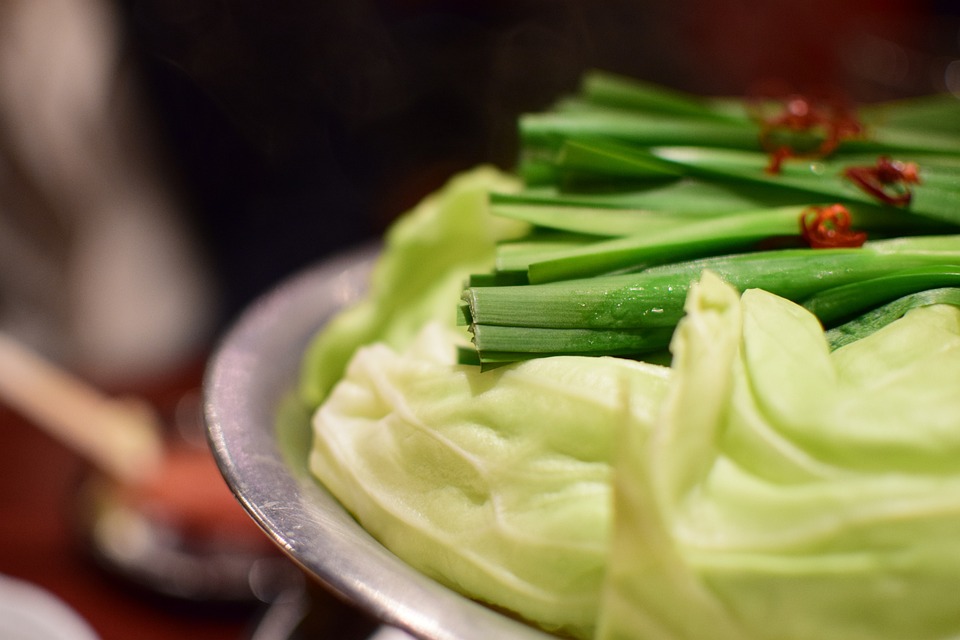[ad_1]
When it comes to creating delicious and flavorful dishes, chefs and home cooks alike are always on the lookout for ways to enhance their recipes. While salt, pepper, and a variety of herbs and spices are common staples in the kitchen, there is one secret ingredient that can take your cooking to the next level: miso.
What is Miso?
Miso is a traditional Japanese seasoning produced by fermenting soybeans with salt and koji (a type of fungus). The fermentation process can take anywhere from a few months to several years, resulting in a paste with a complex, rich flavor and a high concentration of umami, the fifth basic taste after sweet, sour, salty, and bitter.
Miso can come in a variety of colors, ranging from white to yellow, red, and brown, each with its own unique flavor profile. White miso, for example, is sweeter and milder, while red miso is stronger and saltier. You can find miso in most grocery stores or Asian markets, and it is commonly used in Japanese cuisine.
Umami and Miso
Umami is often described as a savory, meaty, or brothy flavor that adds depth and complexity to dishes. Miso is one of the best sources of umami, making it a valuable ingredient for enhancing the taste of your food. Adding a dollop of miso to your soups, stews, marinades, and dressings can elevate the overall flavor profile and create a more well-rounded and satisfying dish.
One of the reasons why miso is such a powerhouse of umami is due to the presence of glutamic acid, an amino acid that is responsible for the savory taste. When miso is fermented, the proteins in the soybeans are broken down into amino acids, resulting in a concentrated umami flavor. This is why miso can add depth and richness to a wide range of dishes, from classic miso soup to glazed salmon and stir-fries.
Health Benefits of Miso
In addition to its flavor-boosting properties, miso also offers several health benefits. Because it is fermented, miso contains probiotics that are beneficial for gut health and digestion. It is also a good source of essential nutrients such as vitamins, minerals, and protein, making it a healthy and nutritious addition to your diet.
However, it’s important to note that miso is high in sodium, so it should be used in moderation, especially for those who are watching their salt intake. Luckily, a little miso goes a long way in terms of flavor, so you don’t need to use a large amount to reap its umami benefits.
Ways to Use Miso in Cooking
There are countless ways to incorporate miso into your cooking, whether you’re making traditional Japanese dishes or experimenting with fusion cuisine. Here are a few ideas to get you started:
- Make miso soup: This classic Japanese dish is a simple and delicious way to enjoy the rich flavor of miso. You can add tofu, seaweed, and vegetables to create a nourishing and comforting soup.
- Marinades and glazes: Use miso as a base for marinades and glazes for meats, fish, and vegetables. The umami-rich flavor of miso will add depth and complexity to your dishes.
- Sauces and dressings: Incorporate miso into your sauces and salad dressings for a unique and savory twist. Miso can elevate the flavor of everything from vinaigrettes to dipping sauces.
- Miso butter: Mix miso with softened butter to create a flavorful spread for bread, roasted vegetables, or grilled meats.
- Miso mayonnaise: Stir miso into mayonnaise for a creamy and tangy condiment that pairs well with sandwiches, burgers, and sushi.
Conclusion
Miso is a versatile and flavorful ingredient that can add depth and complexity to a wide range of dishes. Its high concentration of umami makes it a valuable addition to any cook’s arsenal, whether you’re a fan of Japanese cuisine or simply looking to enhance the flavor of your favorite recipes. With its health benefits and rich, savory taste, miso is truly the secret ingredient for creating mouthwatering umami flavors in your cooking.
FAQs
1. Is miso gluten-free?
While traditional miso is typically gluten-free, some varieties may contain added grains such as barley. It’s important to read the label carefully if you have a gluten intolerance or allergy.
2. How should miso be stored?
Miso should be kept refrigerated in an airtight container to preserve its freshness and flavor. It has a long shelf life and can be stored for several months, if not longer.
3. Can miso be used in desserts?
Surprisingly, miso can be used in sweet dishes to add a unique and savory element. Miso caramel, miso butterscotch, and miso ice cream are just a few examples of how miso can be incorporated into desserts.
[ad_2]




Comments